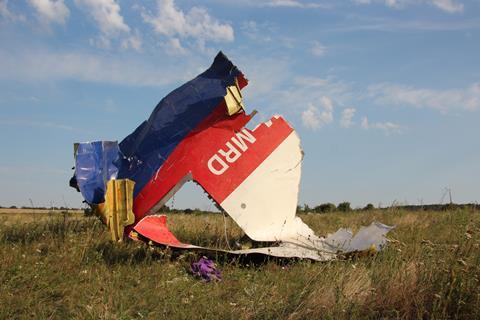Malaysian aviation authorities have warned operators about the dangers and issues of operating near or over conflict zones.
The warning comes in response to Iran’s drone and missile attack against Israel on 13 April, which prompted several Middle Eastern nations to temporarily close airspace.

While Israel has yet to respond to the Iranian attack, fresh military contingencies could be highly disruptive to air travel in the Middle East, which lies between key airline city pairs in the Asia-Pacific and Europe.
“The conflict zones in [this] region present unique challenges due to their unpredictability and rapidly evolving nature,” says the Civil Aviation Authority of Malaysia.
“The primary risk to civil aircraft operating near or over active conflict zones include long-range surface-to-air missiles, coordination irregularities and risk of miscalculation or misidentification by air defence systems. Given the lack of available mitigation measures against such threats, a systematic approach to risk assessment is therefore, crucial.”
The CAAM says that Tehran Flight Information Region and the airspace adjoining it could contain “serious risks,” advising that there could be closures in adjacent airspace as the situation evolves.
Both Malaysia and Iran have bitter experience with surface-to-air missiles (SAMs). In July 2014, Russian-backed forces operating in Ukrainian territory shot down a Malaysia Airlines Boeing 777-200ER operating the Amsterdam-Kuala Lumpur route, killing 283 passengers and 15 crew.
And in January 2020, an Iranian SAM crew shot down a Ukraine International Airlines 737-800 departing Tehran, mistaking it for an American cruise missile, resulting in 176 fatalities.
The Malaysian authority suggests that operators “exercise extreme caution” in the region and carefully monitor air traffic control and other guidance.
It also advises that operators conduct risk assessments or routings, as well as “intended take-off, destination and enroute alternate aerodromes.”
“The absence of any restrictions in foreign airspace should not preclude the air operator from making its own determination on the safety and security risks of the airspace to be flown through,” adds the CAAM.
“Air operators are responsible for conducting detailed risk assessments customised to their operational geography, types of operations, and the extent of their activities.”


























